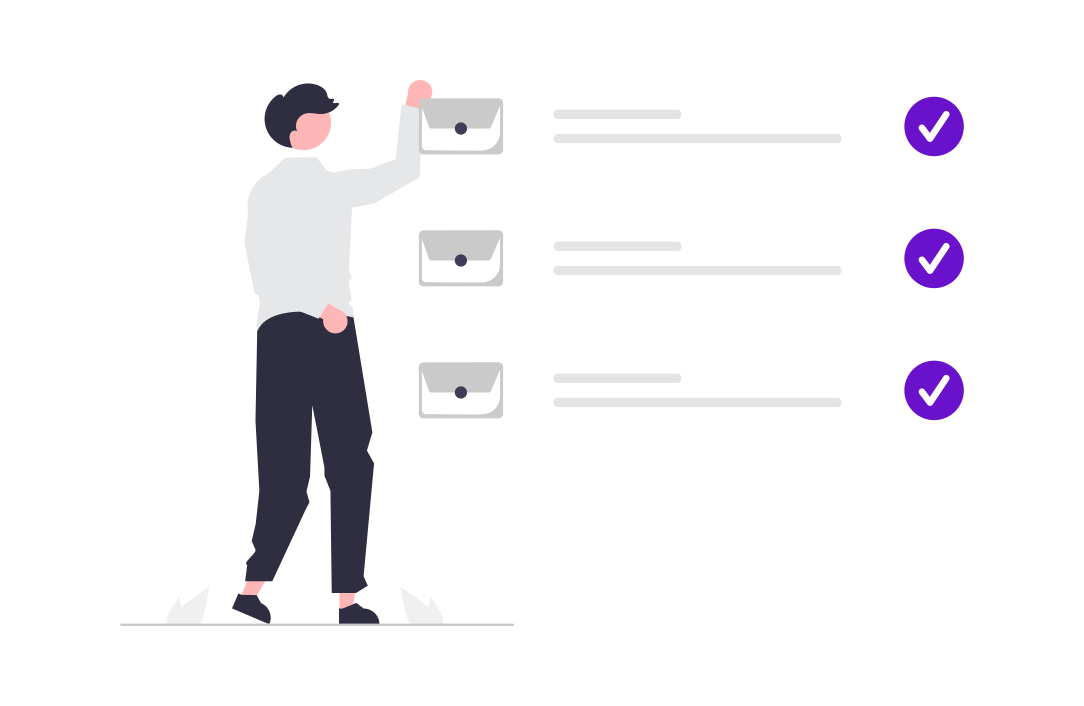Email marketing remains one of the most effective channels for reaching and engaging your audience. However, with the sheer volume of emails people receive daily, it's crucial to stand out in their inboxes. This guide explores proven techniques to maximize the impact of your email marketing campaigns by achieving high open rates and boosting engagement.
Section 1: Crafting the Perfect Subject Line
The Gateway to Your Email
The subject line is the first thing your audience sees, making it the most critical element of your email. An effective subject line should be:
- Attention-Grabbing: Use intriguing or compelling words to capture interest.
- Clear and Concise: Keep it short and to the point, ideally under 50 characters.
- Relevant: Ensure it aligns with the content of your email to avoid misleading your readers.
Tips for Writing Effective Subject Lines
- Personalization: Include the recipient’s name or other personal details to create a connection.
- Urgency: Use phrases that create a sense of urgency or FOMO (Fear of Missing Out), like "Limited Time Offer."
- Questions and Emojis: Asking a question or using emojis can make your subject line stand out and seem more engaging.
Section 2: Optimizing Email Content
Engaging and Relevant Content
The content of your email should be valuable and relevant to your audience. Here's how to craft content that resonates:
- Clear Structure: Use headers, bullet points, and short paragraphs to make your email easy to read.
- Visual Appeal: Include images, GIFs, and videos to break up text and add visual interest.
- Call-to-Action (CTA): Ensure your CTA is prominent and compelling, guiding readers towards the desired action.
Personalization and Segmentation
- Segment Your Audience: Divide your email list into smaller segments based on demographics, behavior, or preferences to send more targeted emails.
- Personalized Content: Tailor your email content to the interests and needs of each segment to increase relevance and engagement.
Section 3: Timing and Frequency
Optimal Send Times
Timing can significantly impact your email open rates. Consider these tips:
- Know Your Audience: Analyze when your audience is most active and likely to check their emails.
- Test Different Times: Conduct A/B tests to determine the optimal times for sending emails to your audience.
Balancing Frequency
- Consistent Schedule: Maintain a regular sending schedule so your audience knows when to expect your emails.
- Avoid Overloading: Be mindful of sending too many emails, which can lead to unsubscribes and reduced engagement.
Section 4: Deliverability and Technical Aspects
Ensuring Your Emails Reach the Inbox
Deliverability is crucial for the success of your email campaigns. Follow these practices:
- Clean Email List: Regularly update and clean your email list to remove invalid or inactive addresses.
- SPF, DKIM, and DMARC: Implement these email authentication protocols to improve your email deliverability and avoid being marked as spam.
Mobile Optimization
- Responsive Design: Ensure your emails are mobile-friendly as a significant portion of users read emails on their mobile devices.
- Simple Layouts: Use simple, single-column layouts that are easy to navigate on smaller screens.
Section 5: Tracking and Analyzing Performance
Key Metrics to Monitor
To gauge the effectiveness of your email campaigns, monitor these metrics:
- Open Rates: The percentage of recipients who open your email.
- Click-Through Rates (CTR): The percentage of recipients who click on links within your email.
- Conversion Rates: The percentage of recipients who complete the desired action, such as making a purchase or filling out a form.
Continuous Improvement
- A/B Testing: Regularly test different elements of your emails, such as subject lines, content, and CTAs, to see what works best.
- Feedback Loop: Gather feedback from your audience and use it to refine and improve your email marketing strategies.
Conclusion
By implementing these techniques, you can enhance your email marketing campaigns to achieve higher open rates and increased engagement. Focus on crafting compelling subject lines, optimizing your email content, sending at optimal times, ensuring deliverability, and continuously analyzing performance. With these strategies, your emails will stand out in crowded inboxes and effectively engage your audience.


